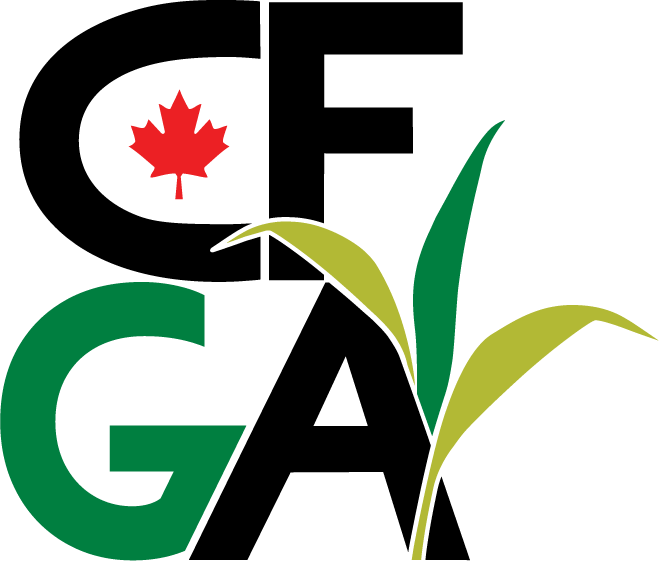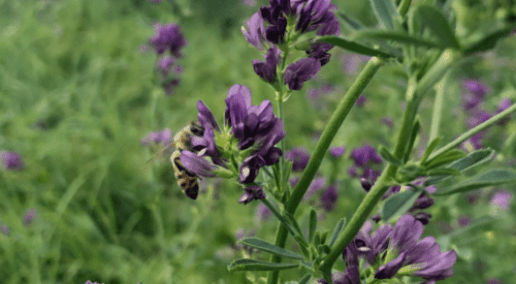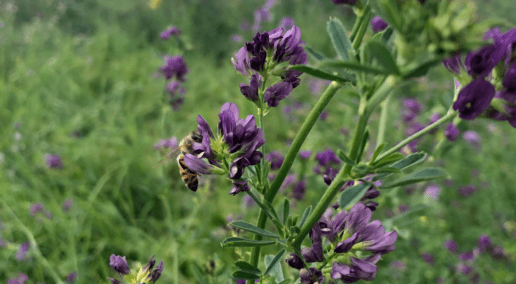Brian McConkey with Viresco Solutions National presented at the CFGA’s 14th annual conference, Forage Resilience in a Changing Landscape: Manage risk. Overcome challenges. Discover opportunities. His talk focused on soil organic carbon, the effects of grassland management on carbon sequestration and carbon markets.
Soil organic carbon (SOC) is carbon derived from organic materials, that was once carbon dioxide (CO2) in the atmosphere. The amount of SOC is inherently extremely variable and location-specific due to soil forming factors. SOC provides many ecosystem services that are enhanced using best management practices. These benefits include building soil structure, improving water infiltration and conservation, increasing carbon sequestration and supporting nutrient cycling. Overall, increasing SOC builds soil resilience. SOC amounts change whenever there is an imbalance between SOC losses (from microbial decomposition or soil erosion) and SOC gains (from plant photosynthesis, additions of manure or compost).
How do we increase SOC levels for growing forages and grasslands?
According to Brian, we must first increase the input of plant carbon by increasing vegetation growth. We must then reduce the losses of existing SOC by keeping the soil cooler and drier. This encourages the transformation of plant carbon to SOC forms that are more chemically and physically protected from decomposition. For the most consistent results, we must start with a degraded soil that has low SOC, as this has the most opportunity to increase, whereas permanent grasslands are somewhat resistant to SOC change. Vigorous land cover of diverse vegetation and grazing is important for enhancing SOC.
The effect of grassland management on SOC is site specific and research has found it hard to generalize. In Texas, two studies, both on adaptive multi-paddock grazing, found very different results: sequestration of 4.4t CO2 per acre per year (Teague et al. 2011) versus no effect on SOC (Moore et al. 2023). In Australia, in a review, McDonald et al. (2023) could not conclude any consistent effect of grazing management on SOC. In Canada, there is limited evidence, but the effect is likely small and difficult to detect in practice.
Brian then went into describing recent developments in carbon markets. In the regulated carbon market, carbon credits are traded according to the accounting rules set by government regulators. Currently, there is a limited use of agriculture land management in these markets, but Environment and Climate Change Canada is developing the Enhanced Soil Organic Carbon Protocol to soon account for this better. In the voluntary credit market, there is a varied assortment of rules for land-based projects that rapidly evolve as international standards and mechanisms for accounting are developed. The value of these credits depends on perceived quality, usually one tenth the value of a credit in a regulated market.
There is emerging interest in Scope 3 emissions, the emissions that occur upstream and downstream in a value chain. Therefore, Scope 3-emission reductions come from actions within the entire agri-food value chain. These are all being considered as part of corporate emission targets. There are key differences between Scope 3-emission reductions and offsets. Rather than using regulated bureaucracy, Scope 3 reductions use co-investment and business-to-business relationships. The accounting rules for Scope 3 are less onerous than for offsets. In 2024-2025, we expect to see Scope 3-emissions reductions becoming part of the norm.
In summary, carbon is crucially important when considering soil health, farm and ranch health and resilience. Sequestering SOC is valuable as it removes CO2 from the atmosphere. While land management is important, its effect on SOC sequestration in grasslands is site specific and changes are generally relatively small. Developments in Scope 3-emissions reductions look more promising for land managers than carbon offsets in the voluntary carbon market.
Conference recordings
If you would like to see all of Brian’s presentation, you can purchase access to it, and all of the recordings of the 2023 conference proceedings, by visiting the registration page here.
To read more about each speaker, check out the CFGA 2023 Conference agenda.
Note, if you attended the 2023 conference, the recordings are available for free to those who registered for the conference.
For more information, email [email protected].
Additional Information
Article: McDonald et al. (2023) Grazing management for soil carbon in Australia: A review
Back to Conference 2023



Leave a Comment